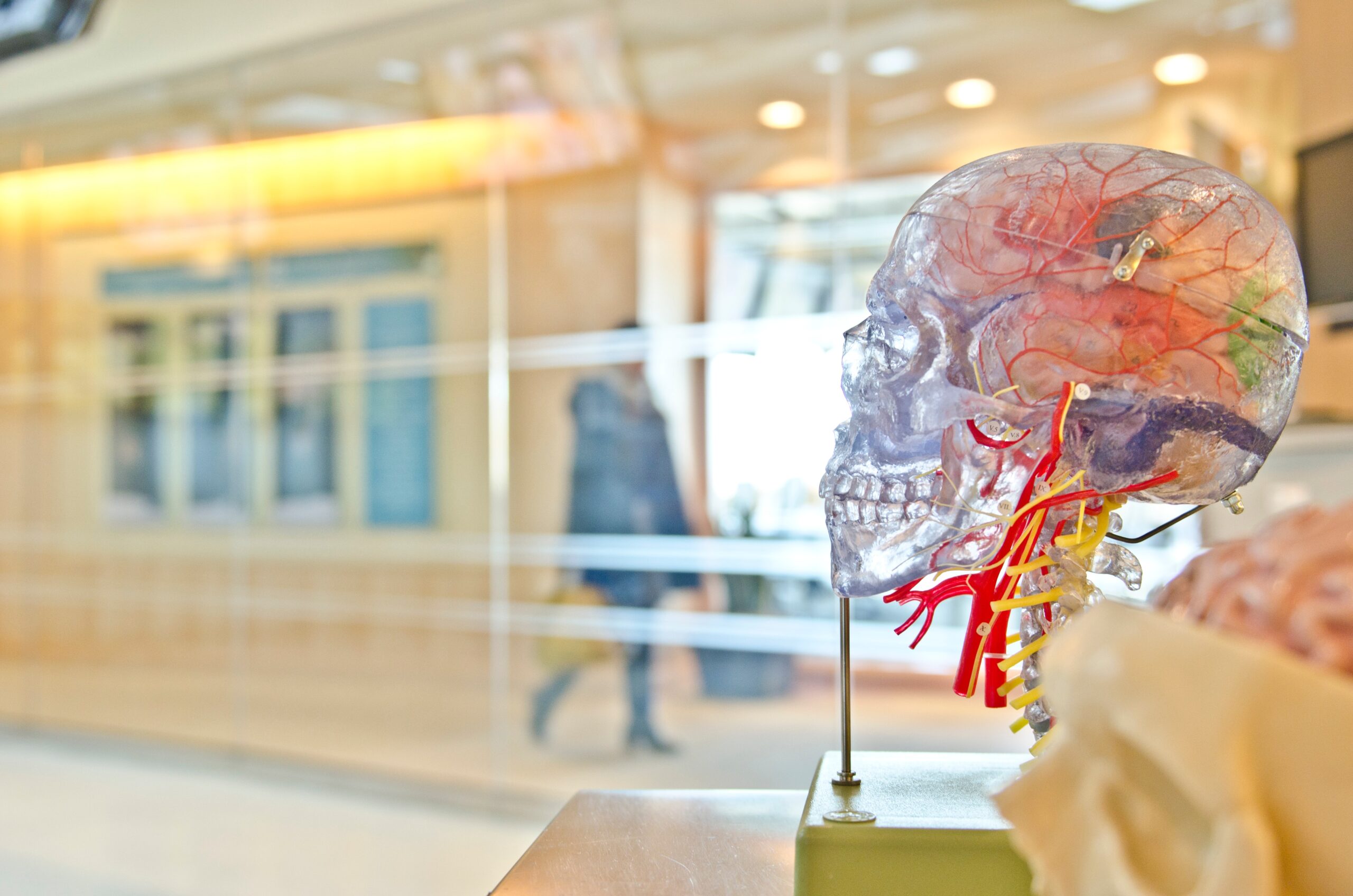The memory includes all the mental processes involved in acquiring, storing, retaining, and later retrieving information. The memory system as we know it is very simple, and once we understand the way this system works, we can enhance the efficiency with which we utilise each aspect within it.
Memory is broadly known to include short-term memory and long-term memory as a part of a dual model. Short-term memory (STM) is concerned with reproducing, recognising, or recalling a limited amount of material after a period of about 10 to 30 seconds, and long-term memory is a relatively permanent information storage system that enables one to retain, retrieve, and make use of skills and knowledge hours, weeks, or even years after they were originally learned. It is even believed that information stored in long-term memory (LTM) is permanently stored in our memory, and what we consider as “forgetting” is just a failure to retrieve information from our long-term memory.
The main concern for most students today is how we effectively memorise large pieces of information in a short period of time. People often expect a magic technique that will work instantly, which does not exist. However, there are some methods and techniques which, if habituated and adopted according to the individual’s learning style, can make memorising large pieces of information easier.
Difference between memory and learning
While memory techniques are often confused with learning techniques, memory techniques are, in fact, just the first step towards learning. A simpler way to understand this is that memory involves the storage and retrieval of information. It, however, does not involve processing and manipulating information to generate new information, which is a part of learning.
Types of memory
Let us now look at memory techniques that can be used at each of the major phases of the memorising process.
The Working Memory – For ease of understanding, we are going to use a model of memory where STM is considered a part of the working memory (Aben et al., 2012). Working memory consists of a phonological loop (a component that stores and guides auditory information over short periods of time) and a visuospatial sketchpad (a component that stores and manipulates information about the appearance of objects and their location in space for a short span of time). Both are supervised by a limited-capacity central executive, a control system responsible for the distribution of attention and general coordination of ongoing processes. In simpler terms, from a memory technique point of view;
- The first major factor is how attention-grabbing the information is. For example, one might be able to memorise the lyrics of a song faster than a monotone speech. Similarly, larger and brighter texts may be more attention-grabbing than normal text.
- Now, of course, we cannot sing our whole coursework, but we can shorten the bulk texts into short points and record a self-understood explanation of them for our memorisation. When we explain something to ourselves, we tend to be less monotonous.
- Similarly, if all of the text is bright and large, then we might get confused, so instead, we can make the keywords that represent the bulk of the information bigger and brighter compared to the other words
- We can make mental representations of the concept. For example, when we think about an apple, a lot of times, the image of an actual apple might come to mind.
- The second major factor is the capacity of our STM. George Armitage Miller believed that the STM has a capacity of 7+/-2 which is why when we memorise phone numbers, we often group parts of the number together. Many other researchers were sceptical of this, but most still agree on the limited nature of the capacity of STM. We use many techniques without even knowing them to get around this limited capacity.
- Mnemonics – Any device or technique used to assist memory, usually by forging a link or association between the new information to be remembered and information previously encoded. For instance, one might remember the numbers in a password by associating them with familiar birth dates, addresses, or room numbers. An example of this is a technique used to memorise pi, where one has to memorise a poem or an essay instead of the digits, and the number of letters in each word used in the text is equal to the corresponding digits. Akira Haraguchi and Lu Chao’s record-breaking recitations of the digits of the number Pi (100,000 and 67,890 digits, respectively) were achieved using similar mnemonic techniques.
- Chunking – A type of mnemonic in which the organization of material into shorter meaningful groups to make them more manageable. This is the same method we end up using for memorising phone numbers. Experiments by Herbert Simon have shown that the ideal size for the chunking of letters and numbers, whether meaningful or not, is three. Meaningful groups may be longer (such as four numbers that make up a city pin code within a long stream of digits).
- Acronyms – An abbreviation formed from the initial letters of other words and pronounced as a word. The letters act as symbols representing different words and, in turn, concepts.
- Shortening the information is the first step, as the very process of shortening information contributes to our understanding of information. Once we have coded the long pieces of information, we have to then make sure that the information smoothly transitions into our LTM through the process of higher-order learning. In order to make the information last long enough in our memory system to become a part of our LTM, we can apply the following techniques:
- Spaced Repetition/Repetition Effect – Refers to the fact that repeated presentation of information or items typically leads to better memory for the material. Hundreds of studies in cognitive and educational psychology have demonstrated that spacing out repeated encounters with the material over time produces superior long-term learning compared with repetitions that are massed together.
- Mind Mapping – A mind map is a graphical and pictorial way to represent ideas and concepts. It is kind of like a mental flowchart linking all the concepts together in a logical manner so that retrieval of one information piece can lead to retrieval of the other information pieces. This technique is a little difficult but quite useful for memorising factual information. Studies show that the individuals using this technique need to be adequately motivated; otherwise, the technique would not be as effective (Farrand et al., 2002)
- Method of Loci – A mnemonic technique in which the items to be remembered are converted into mental images and associated with specific positions or locations. For instance, to remember a shopping list, each product could be imagined at a different location along a familiar park.
It’s not enough to apply memory techniques. Numerous studies show that most of these techniques become ineffective if the individual is tired (Manoj, 2018), not motivated (Kusurkar et al., 2013), distracted etc.
For proper use of memory and learning techniques, one must be in a fresh and motivated state of mind. Adequate sleep (Rasch, B., & Born, J., 2013), appropriate intervals between memorising sessions (Egger et al., 2019), proper diet (Gómez-Pinilla F., 2008) and exercise (Saadati et al., 2010) are essential for the same. A healthy body is the first step towards a healthy mind.
References
Aben, B., Stapert, S., & Blokland, A. (2012). About the Distinction between Working Memory and Short-Term Memory. Frontiers in psychology, 3, 301. https://doi.org/10.3389/fpsyg.2012.00301
Anthony Metivier (2020) How to Remember Things: 21 Memory Techniques, Magnetic Memory Method https://www.magneticmemorymethod.com/how-to-remember-things/
APA Dictionary of Psychology, long-term memory (LTM), American Psychological Association https://dictionary.apa.org/long-term-memory
APA Dictionary of Psychology, method of loci, American Psychological Association https://dictionary.apa.org/method-of-loci
APA Dictionary of Psychology, mnemonic, American Psychological Association https://dictionary.apa.org/mnemonic
APA Dictionary of Psychology, short-term memory (STM), American Psychological Association https://dictionary.apa.org/short-term-memory
APA Dictionary of Psychology, working memory, American Psychological Association https://dictionary.apa.org/working-memory
Egger, F., Benzing, V., Conzelmann, A., & Schmidt, M. (2019). Boost your brain, while having a break! The effects of long-term cognitively engaging physical activity breaks on children’s executive functions and academic achievement. PloS one, 14(3), e0212482. https://doi.org/10.1371/journal.pone.0212482
Farrand Paul, Hussain Fearzana & Hennessy Enid. (2002). The efficacy of the ‘mind map’ study technique. Medical education. 36. 426-31. 10.1046/j.1365-2923.2002.01205.x.
Gómez-Pinilla F. (2008). Brain foods: the effects of nutrients on brain function. Nature reviews. Neuroscience, 9(7), 568–578. https://doi.org/10.1038/nrn2421
Kendra Cherry (2020) What is Memory ? Very Well Mind https://www.verywellmind.com/what-is-memory-2795006#:~:text=Memory%20refers%20to%20the%20processes,we%20have%20learned%20or%20experienced.
Kusurkar, R. A., Ten Cate, T. J., Vos, C. M., Westers, P., & Croiset, G. (2013). How motivation affects academic performance: a structural equation modelling analysis. Advances in health sciences education : theory and practice, 18(1), 57–69. https://doi.org/10.1007/s10459-012-9354-3
Malik, Manoj. (2018). EFFECT OF MENTAL FATIGUE ON MEMORY AND RETENTION:AN EXPERIMENTAL STUDY. 5. 620-626.
Rasch, B., & Born, J. (2013). About sleep’s role in memory. Physiological reviews, 93(2), 681–766. https://doi.org/10.1152/physrev.00032.2012
Saadati, H., Babri, S., Ahmadiasl, N., & Mashhadi, M. (2010). Effects of exercise on memory consolidation and retrieval of passive avoidance learning in young male rats. Asian journal of sports medicine, 1(3), 137–142. https://doi.org/10.5812/asjsm.34858
Sean H. K. Kang (2016) Spaced Repetition Promotes Efficient and Effective Learning: Policy Implications for Instruction, Behavioral and Brain Sciences, 3(1) 12–19 DOI: 10.1177/2372732215624708
The Human Memory (2019) short-term (working) memory https://human-memory.net/short-term-working-memory/#:~:text=%E2%80%9CChunking%E2%80%9D%20of%20information%20can%20lead,than%20a%20single%20long%20number.



